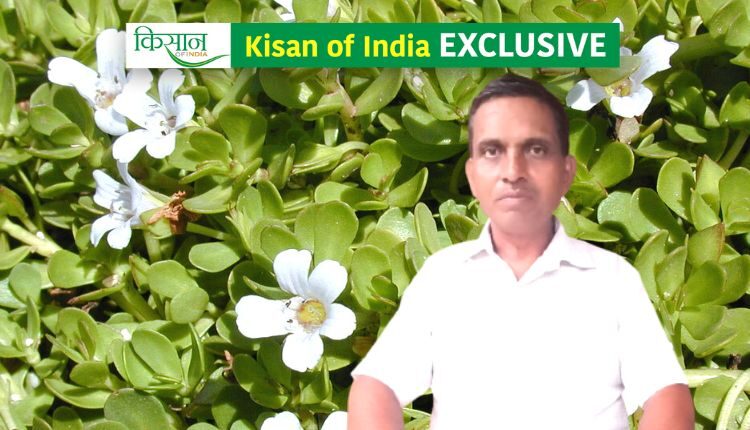Cultivation of Brahmi: This medicinal plant gives 4 times more profit than cost, know everything about it from farmer Ram Bhajan Rai
Cultivate Brahmi with other crops in Kharif season
Ram Bhajan Rai is cultivating Brahmi on an area of about 4 acres. Brahmi is cultivated like paddy. Seedlings are prepared in the nursery. 2 to 3 crops of Brahmi can be taken in an year.
Monsoon has knocked in many parts of the country. Sowing of many Kharif crops has started. Farmers are engaged in the cultivation of traditional Kharif crops like Paddy, Maize, Soyabean. Meanwhile, there are many farmers who are promoting the cultivation of medicinal plants in their area. One such progressive farmer is Ram Bhajan Rai. Ram Bhajan Rai, a resident of Ghazipur district of Uttar Pradesh, has been cultivating medicinal crops for many years. One such medicinal plant is Brahmi. What is this plant? How is it cultivated? Where is it used? Kisan of India had a special conversation with Ram Bhajan Rai about the cultivation of Brahmi.
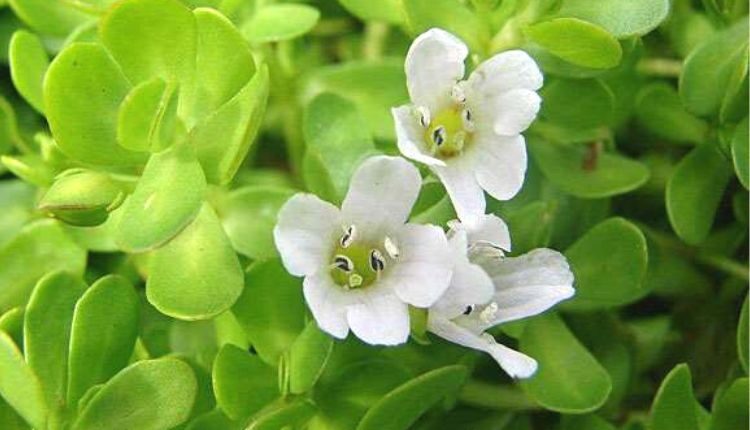
When did Brahmi cultivation start?
Ram Bhajan Rai started cultivation of Brahmi during corona period. Earlier, he used to cultivate potatoes as well, but he could not get that much profit. Apart from this, many more traditional crops such as wheat and paddy were also taken. He already knew about medicinal plants. There was also a trend in this, so he decided to cultivate Brahmi at the time of Corona.
Climate and land for cultivation of Brahmi
Ram Bhajan Rai is cultivating Brahmi on an area of about 4 acres. Brahmi is cultivated like paddy. Seedlings are prepared in the nursery. Then these plants are planted in the prepared field. Ram Bhajan Rai states that brahmi is sown in the month of July. Temperature up to 33-44 degree celsius and 60 to 65 percent humidity is considered suitable for brahmi crop.
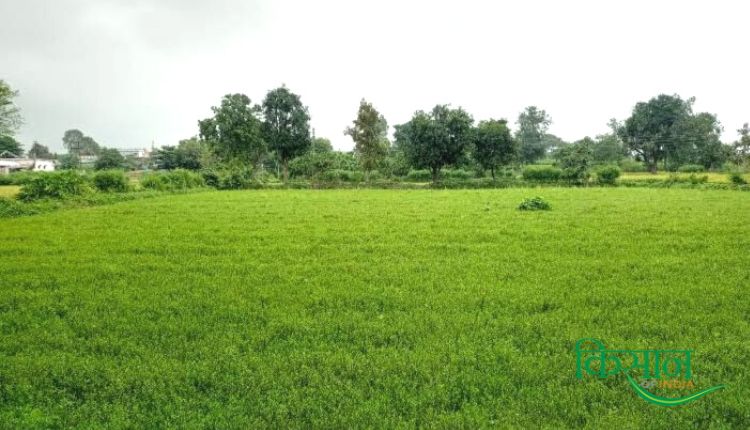
Waterlogged area suitable, when to irrigate?
Waterlogged area is suitable for the growth of Brahmi. During monsoon, farmers face the problem of water logging. In such unfavourable conditions it becomes difficult to cultivate most of the crops. In such a situation, the cultivation of Brahmi can become a source of additional income for the farmers.
Keep in mind that irrigation is needed immediately after the rains. Irrigation should be given at an interval of 20 days in winter and at an interval of 15 days in summer.
Also Read: Mohammad Amir started dairy business with 4 cows, income from milk production increased four times
What are the challenges?
Ram Bhajan Rai explains that many people do not have awareness about the cultivation of medicinal plants due to lack of market information. At the same time, there is also a feeling of competition. There are many producers who get the market, so they do not want to tell about it. Ram Bhajan Rai says that in such a situation it is necessary to make the farmers aware about the availability of the market so that they are encouraged to cultivate medicinal crops.
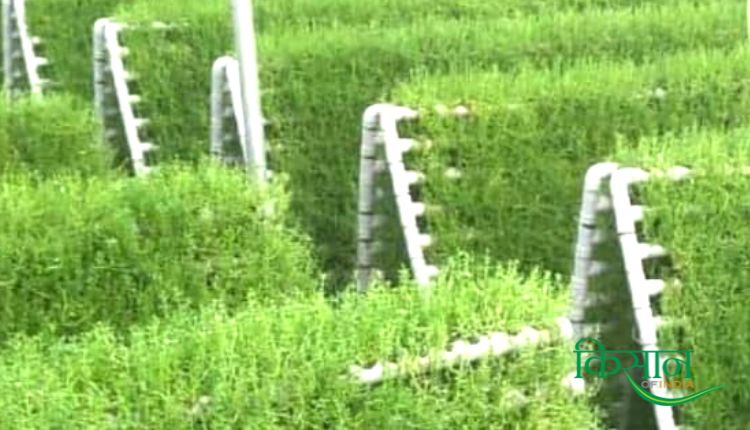
What is the profit in Brahmi cultivation?
Brahmi crop is ready for harvesting 5-6 months after transplanting. The stem is cut to 4-5 cm above the root. The remaining stem is left to harvest again. 2 to 3 crops of Brahmi can be taken in an year. Brahmi leaves and roots are sold. About 45 quintals are produced per acre. The cost of cultivation of Brahmi per acre is about 40 thousand. Ram Bhajan Rai explains that by cultivating Brahmi, farmers can earn 4 times more profit than the cost.
Where is its market?
Brahmi plants are used to make a variety of medicinal medicines. According to ICAR, Brahmi is used in indigenous medicines to make muscle tonics, in the treatment of epilepsy and dementia.
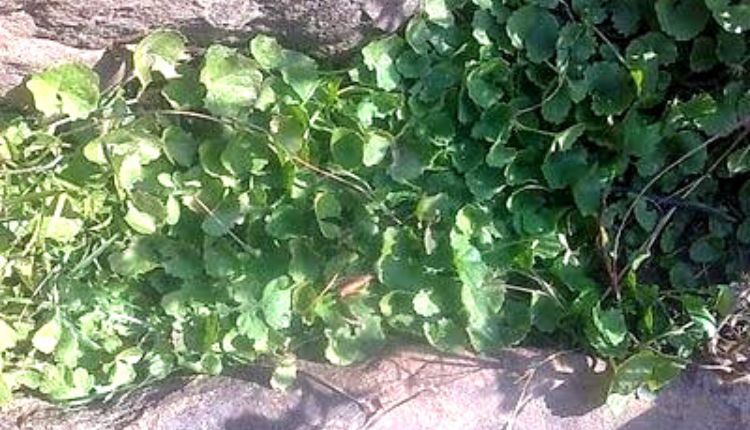
Some important things related to Brahmi
Brahmi is cultivated in the low hills of Uttar Pradesh, Punjab, Haryana, Bihar, West Bengal, Tamil Nadu, Kerala, Karnataka, Himachal Pradesh and Uttarakhand. Its stems and leaves are soft, fleshy and flowers are white. Its scientific name is Bacopa monnieri. Brahmi flowers are small in size, white, blue and pink in colour. Flowers come in the month of December-May.
Contact us: If farmers want to share information or experiences related to farming with us, then they can do this by calling us on the phone number 9599273766 or by writing an email to [email protected] or by sending your recording. Through Kisan of India, we will convey your message to the people, because we believe that if the farmers are advanced then the country is happy.



